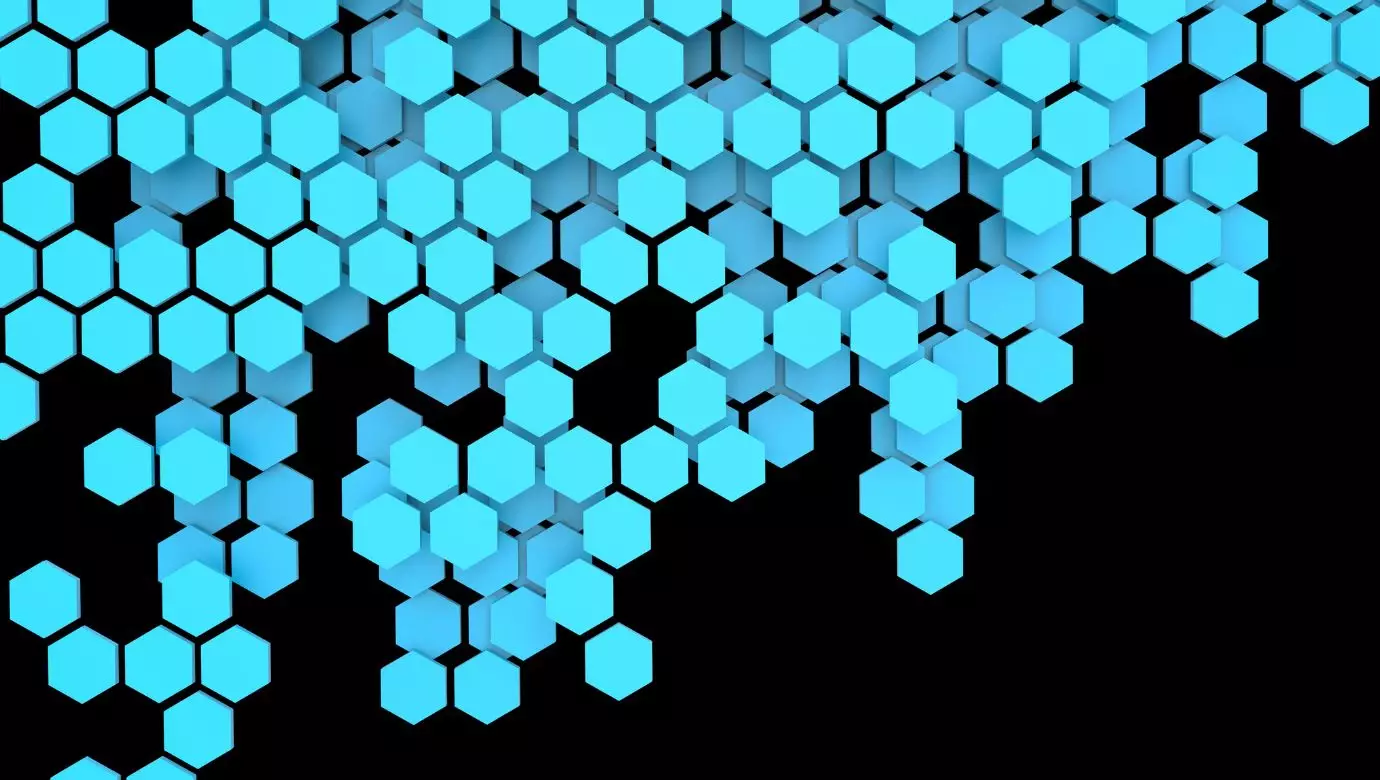Solana co-founder Anatoly Yakovenko recently expressed confidence in the ability of their blockchain to handle the growing demand for decentralized applications (dapps) without relying on layer-2 solutions like those employed by Ethereum. Yakovenko argued that Solana’s design, which utilizes a hybrid consensus mechanism, enables the blockchain to scale efficiently without the need for additional layers. This article will critically analyze Yakovenko’s claims and compare them to Ethereum’s approach.
Yakovenko’s stance on layer-2 off-chain options such as Arbitrum and Base is clear – he downplays their role and argues that Solana aims to synchronize a global atomic state machine as fast as the laws of physics allow. According to Yakovenko, any layer-2, side chain, or zero-knowledge proof Valadium amounts to the same thing – external execution environments that cannot ensure atomic composition with the rest of the layer-1 state.
While Yakovenko leaves the floor open for developers to create layer-2 solutions, he asserts that it won’t be necessary because the Solana network can handle the demand without such workarounds. This is in stark contrast to Ethereum’s approach, which heavily relies on layer-2 solutions to alleviate congestion and high transaction fees.
Layer-2 options like Optimism and Arbitrum have gained popularity on Ethereum for their ability to offload transactions from the mainnet while maintaining compatibility with existing smart contracts. L2Beat data shows that these layer-2 solutions currently have a combined total value locked (TVL) of over $20 billion, with Arbitrum managing $10 billion of assets.
Ethereum’s increasing reliance on layer-2 solutions reflects its approach to scaling the network. By moving transactions to layer-2, Ethereum aims to reduce congestion and transaction fees on the mainnet, while still enabling the execution of smart contracts. This approach has gained traction among developers and users alike, as it provides a viable solution to the scalability challenges faced by Ethereum.
Reliability Concerns on Solana
While Yakovenko confidently claims that Solana can handle the demand for dapps without layer-2 solutions, there have been instances when the network froze, casting doubt on its reliability. To address this, Solana plans to upgrade its client by adding Firedancer, a feature designed to increase node reliability and performance.
These reliability concerns raise questions about Solana’s ability to provide a high-performance, low-cost environment for apps in a consistently reliable manner. While the network has shown promise, it will need to prove its reliability to gain the trust of developers and users in the long term.
Ethereum’s Gas Limit and On-Chain Scaling
In contrast to Solana’s approach, Ethereum seems to be prioritizing layer-2 solutions for scaling. In a recent developer call, it was decided that Ethereum’s gas limit would not be increased beyond the current 30 million gwei level. This decision implies a delay in Ethereum’s on-chain scaling ambitions, particularly those related to off-chain and sidechain rails.
While Ethereum’s gas limit decision may disappoint some who were hoping for immediate on-chain scaling, it also reflects the pragmatic approach taken by the Ethereum community. By focusing on layer-2 solutions, Ethereum aims to find a balance between scaling and maintaining the security and decentralization of the network.
Solana co-founder Anatoly Yakovenko asserts that the Solana blockchain can handle the growing demand for dapps without relying on layer-2 solutions. While Yakovenko’s claims may sound promising, there are reliability concerns that Solana will need to address to gain the trust of developers and users in the long term. Meanwhile, Ethereum’s increasing reliance on layer-2 solutions reflects its pragmatic approach to scaling, aiming to strike a balance between scalability and network security. As the competition between different blockchain platforms continues, only time will tell which approach proves to be more effective in meeting the demands of a decentralized future.


Leave a Reply